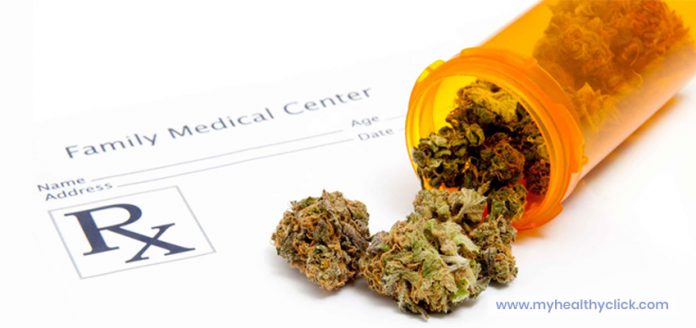According to a recent study from the University of Michigan Addiction Center, many medical marijuana patients drive while they are high.
Most patients using medical marijuana in Michigan drive under the influence of the drug, increasing the risk of accidents. The study that evaluated 790 Michigan patients who use medical marijuana revealed that:
- 56 percent reported driving within two hours of medical marijuana dosage
- 51 percent reported driving while they were a bit high
- 21 percent reported driving while they were very high
Surprisingly, many said that they used to drive under the influence of medical marijuana quite frequently, roughly 10 times in the past six months, said Erin Bonar, assistant professor at the University of Michigan in Ann Arbor. She added we are unsure what to expect and we were not aware of any other studies that has allowed medical marijuana patients to drive under the influence of the drug.
The professor in the department of the psychiatrist’s addiction center stressed that we are aware of the fact that both alcohol and marijuana can be dangerous so we often recommend avoiding driving after using any of these substances.
So, why you should avoid driving or indulge in any kind of risky activities under the influence of medical marijuana?
Research studies have found that our coordination, reaction and response time can be delayed or slowed down by using medical marijuana. And those bodily functions are essential when we drive.
Your response time may be delayed; you may get less alert while driving. And all of these can increase the risk of accidents that can be life-threatening.
Michigan has 270,000 people with the state approval to use medical marijuana, ranking just behind California in number of users, said the researchers.
At the time of survey, all of the participants (with an average age of 46) were seeking treatment with medical marijuana for moderate to severe pain. The findings were published in the journal – Drug & Alcohol Dependence – on January 9.
Bonar admitted that harnessing such problem can bring out a few practical challenges. It becomes difficult to catch such patients because, like alcohol, there is no “Breathalyzer” for marijuana.
One of the authors of the study noted that it is difficult to precisely compare alcohol and marijuana effects, as our body metabolizes them differently. Also, it is not easy to compare marijuana with other prescription drugs because there is no ideal dose for all patients and the marijuana effects may vary from individual to individual.
One thing is for sure, this study has made it clear that medical marijuana providers must do a better job by making patients understand the risks associated with driving under the influence of marijuana. Researchers said that the impairment depends on the quantity of marijuana used. The best piece of advice we can offer to medical marijuana patients is not to drive within several hours of dosage. If at all they want to travel, they can hire a driver or book a cab.























